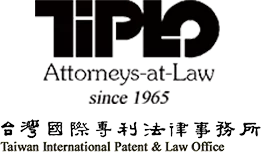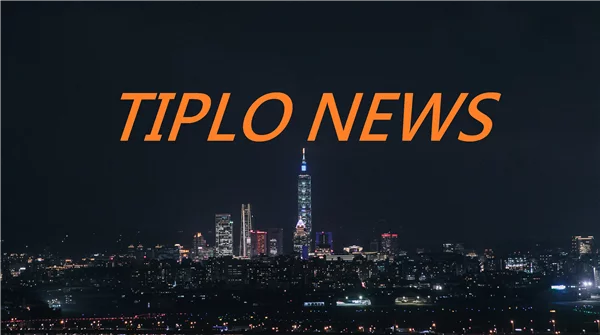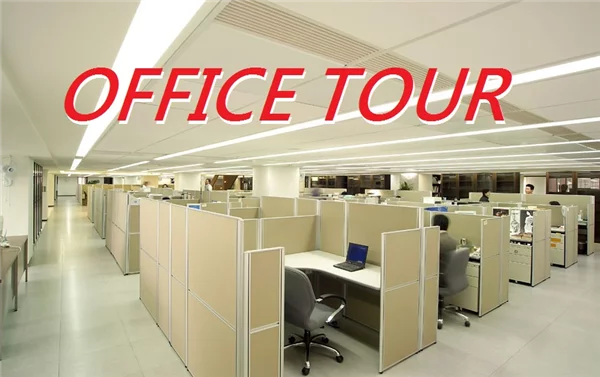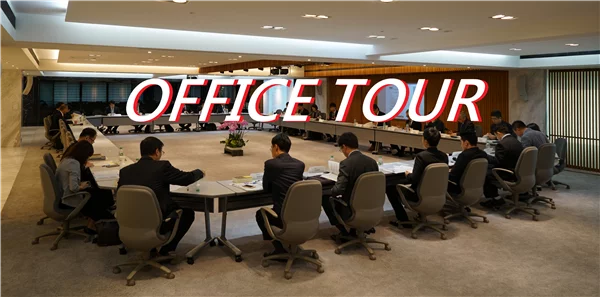TIPO Plans to Include the Concept of Contributory Infringement in Patent Act.
E081117Y1・E081113Y1 Dec. 2008(E109)
The Taiwan Intellectual Property Office (TIPO) held a consulting public hearing in October 2008 to invite opinions and discuss amendments of Taiwan Patent Act with respect to the issues involved in patent infringement, including subjective requirements, types, range of compensation, and evidence preservation. It is particularly noticeable that TIPO plans to clarify and incorporate the concept of contributory infringement into a future amendment of the Patent Act.
The formation of concept of contributory infringement can be traced back to some early decisions around the world in which patent infringement were established on condition that the accused infringer had practiced all elements described in patent claim. Under such precondition, however, patent protection enforcement would be ineffective in some cases where the infringer has practiced the essential elements, not all elements, of a patent in question, which would still be very likely to cause direct infringement upon the patent in question especially when the infringer is clearly aware of such possibility but ignores it intentionally. Therefore, patent offices in the U.S., Japan, Korea and the EU member states all clearly incorporate and define such preparatory or contributory behaviors involved in patent infringement that is highly possible to constitute direct infringement as contributory infringement under their patent acts.
Shi Boren, the Director of Legal Office of the TIPO indicates that infringement takes two forms, “direct” and “indirect”, and the current Patent Act of Taiwan prescribes only “direct infringement”, which requires that only all the elements of the patented claims are practiced, that is, the “All-Element Rule” being met, will a patent infringement be established. He provides an example in which the elements of Company A’s patent are A+B. Another Company B produces only element A but instructs consumers in the manual to use A with B; Company B’s such act would constitute infringement upon Company A’s patent right. In this case, the act of manufacturing or offering A constitutes “contributory infringement”, and that of guiding consumers to use B in instruction manual forms “inducing infringement”, both of which are categorized into indirect infringement. Provisions of indirect infringement can be found in the patent acts of many developed countries, while there are few legal precedents. (2008.11)
/CCS














